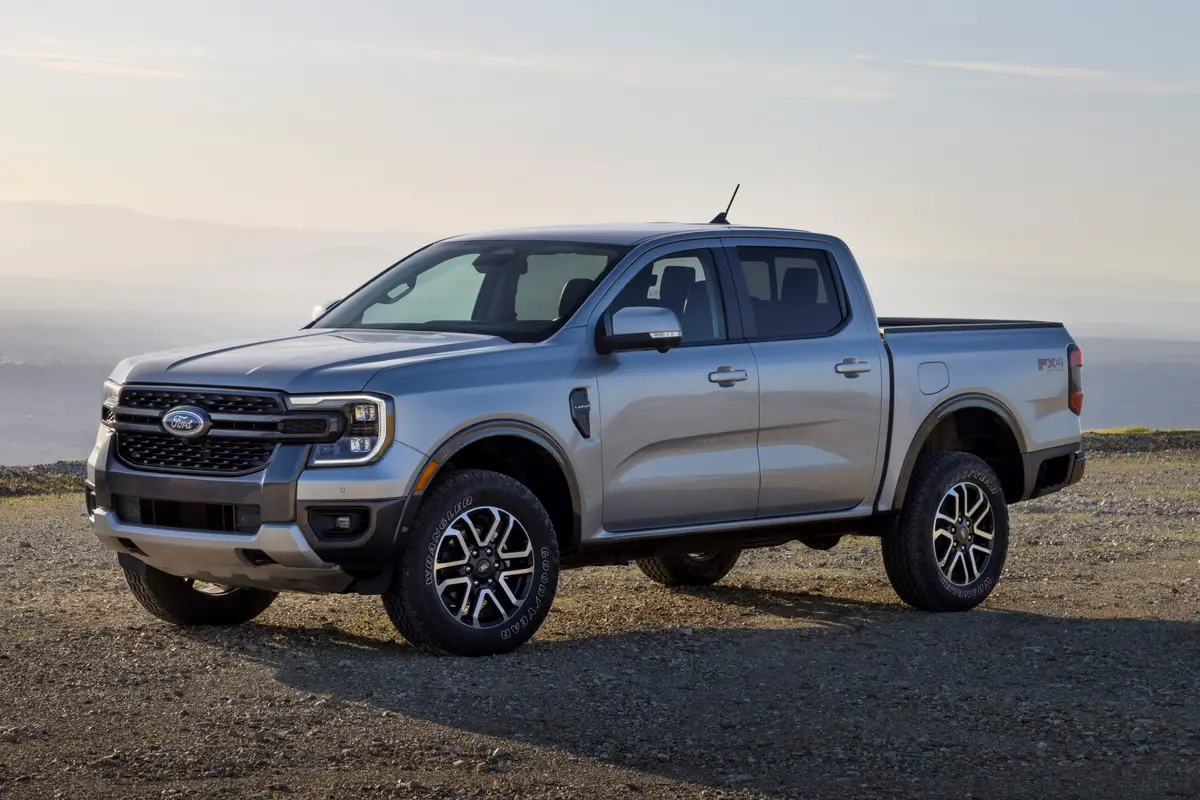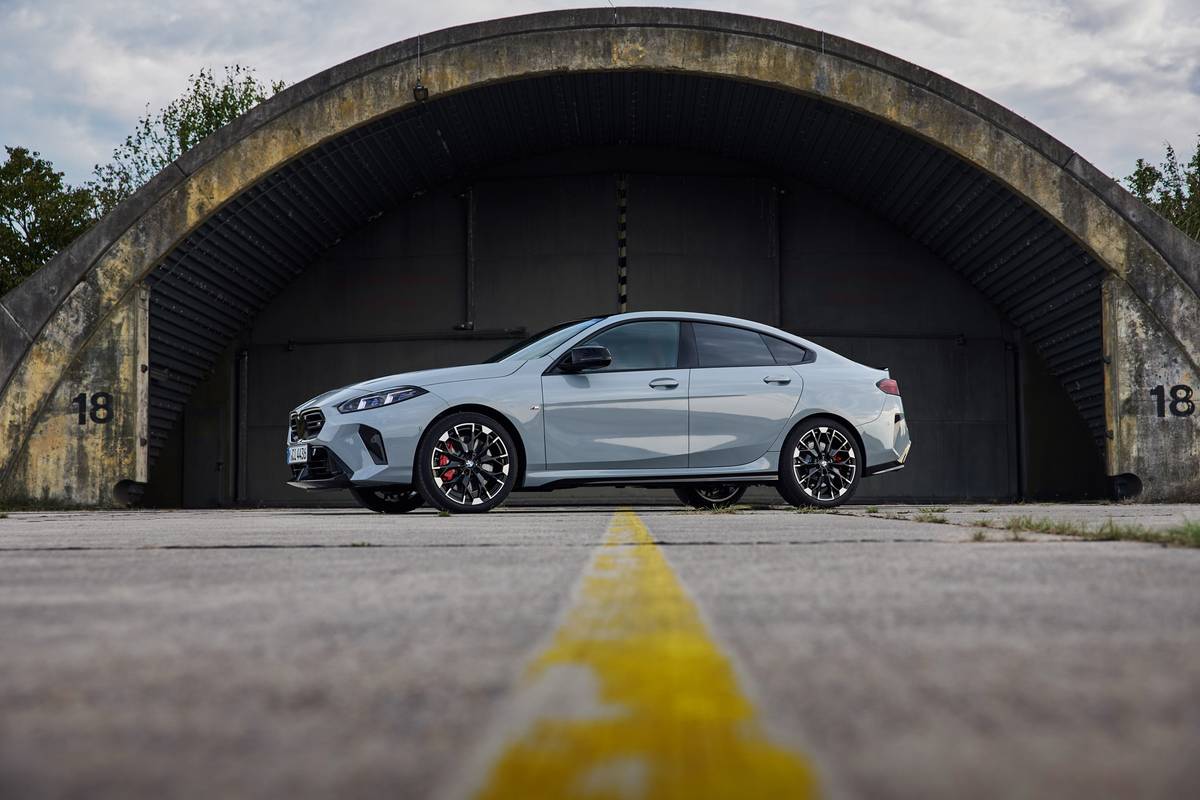washingtonpost.com's view
Nissan has heard the call to sanity. The proof is in its 2000 Xterra sport-utility truck. It is simple, basic. You can scratch and muddy it without having a nervous breakdown. It is available in two-wheel-drive for those who want to haul and run, and it comes with four-wheel power for folks who believe nature is best observed by driving through it.
I’m surprised. I thought I wouldn’t like the Xterra, which is based on the Nissan Frontier, a pickup that underwhelms me.
The Frontier is a rough-tough truck, but it is so conservatively styled it seems dated, obsolete, out of place in the hotly contested market for compact pickups.
But Nissan design chief Jerry Hirshberg and his crew worked a miracle in transforming the Frontier into the Xterra. They kept the pickup’s ruggedness. For example, both the two- and four-wheel-drive versions of the Xterra rest on the Frontier’s four-by-four, 104.3-inch-wheelbase ladder-frame chassis.
That means both versions of the Xterra have good ground clearance–up to 9.2 inches for the two-wheel-drive models and as high as 8.4 inches for four-wheel-drive.
Nissan installed engine and fuel-tank skid plates as standard equipment on all Xterra trucks. Those plates are needed to protect vital components from the kind of underbody damage that can occur in off-road driving, or while wheeling around construction sites.
Step inside, where you’ll find a collection of small touches that make a big difference between the Xterra and Frontier. The interior has been softened, made more user-friendly. There is comfortable seating for five people, including passengers in the rear, where a raised roof gives them more headroom.
Storage pockets and small-cargo storage bins are strategically located throughout the Xterra’s interior. Even the rear door has a storage pod for first-aid and other emergency equipment. There are four floor tie-down hooks and six ceiling tie-down clips, and there are washable woven cloth seats, and there are carpets that can be muddied and easily scrubbed clean. Imagine that! A sport-utility vehicle designed to get dirty!
I tested the two-wheel-drive, six-cylinder Xterra SE, which was equipped with a tubular roof rack and step rails. Such items on other sport-utes often are ornamental–they tend to bend or come loose under heavy use. The Xterra offers something different–high-strength, aluminum racks and rails designed to take punishment and carry loads. The Xterra’s roof rack, for example, can handle 125 pounds–about 25 to 50 pounds more than the racks on many current cars and trucks.
Industry rumor has it that Nissan’s controlling partner, France’s Renault SA, plans to order up a bunch of Xterra models for overseas sales. If that happens, Nissan’s assembly plant in Smyrna, Tenn., conceivably could run flat out producing Xterra trucks for U.S. and foreign consumption. Nissan has a winner here. Hirshberg has hit a home run. This one is going to sell.
2000 Nissan Xterra
Complaint: Nissan should scrap the parking brake currently used in the Xterra and Frontier. It’s one of those pull-and-twist cable pieces awkwardly located to the right of the steering wheel beneath the dashboard. Too clumsy.
Praise: Thankfully, Hirshberg and colleagues have designed a sport-utility vehicle for people who need more utility than sport. Which is not to say that the Xterra is boring–not in the least. The thing can boogie. But it’s also built to be scuffed, to carry boards, bags of compost, fencing and other scratchy, scuffy, dirty stuff. It’s a vehicle that enjoys its work.
Head-turning quotient: Rugged without bravado–a masterpiece of form and function.
Ride, acceleration and handling: Rides and handles like a truck. No wanna-be-car suspension. You’ve got basic double wishbones up front and a live axle in the rear. You feel the bumps. But they aren’t jarring, thanks to good bushing and damping work between body and frame. Acceleration? Suffice it to say tha t you can go to jail in this one just as quickly as you can in anything else.
Engines: The test model was equipped with a 3.3-liter, single-overhead-cam V-6 designed to produce 170 horsepower at 4,800 rpm and 200 pound-feet of torque at 2,800 rpm. A 2.4-liter, in-line four-cylinder, 143-horsepower engine is standard in the base Xterra.
Transmission: Standard five-speed manual or electronically controlled, four-speed automatic.
Fuel and towing capacities: Holds 15.9 gallons of gasoline–regular unleaded is recommended. Can be equipped to tow up to 5,000 pounds.
Mileage: In tested two-wheel drive with V-6 engine and automatic transmission, about 18 miles per gallon. Estimated range is 273 miles on usable volume of fuel.
Price: Xterra goes on sale in June. Prices not firm at this writing. Suggested retail will range from $17,000 to $25,000 depending on model and equipment.
Purse-strings note: Expect the Xterra to take sales from models such as the Toyota RAV4, Honda CR-V and Subaru Forester. This one also poses a threat to the Isuzu Rodeo/Honda Passport, Mitsubishi Montero, Chevrolet Blazer and Ford Explorer.
Latest news



